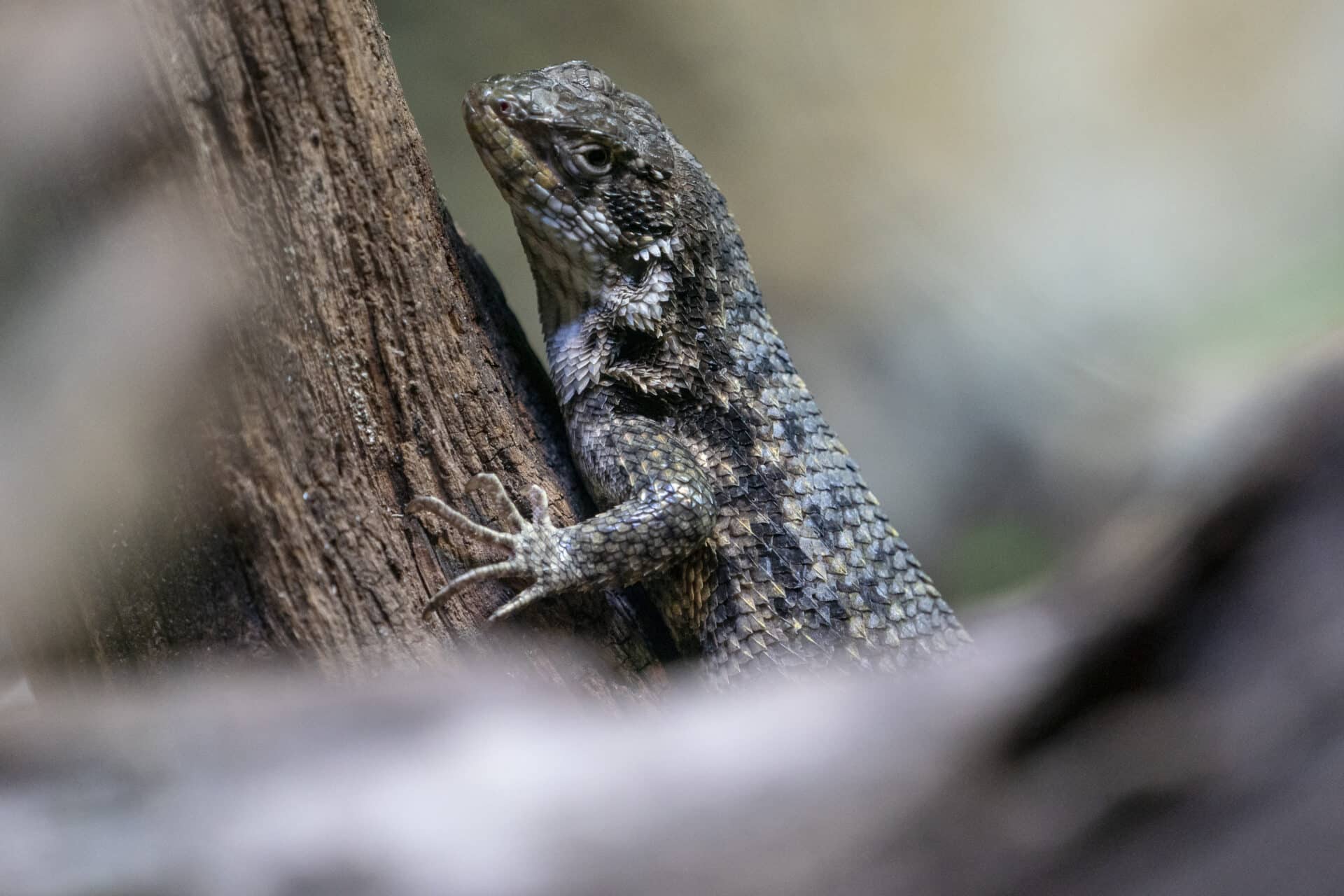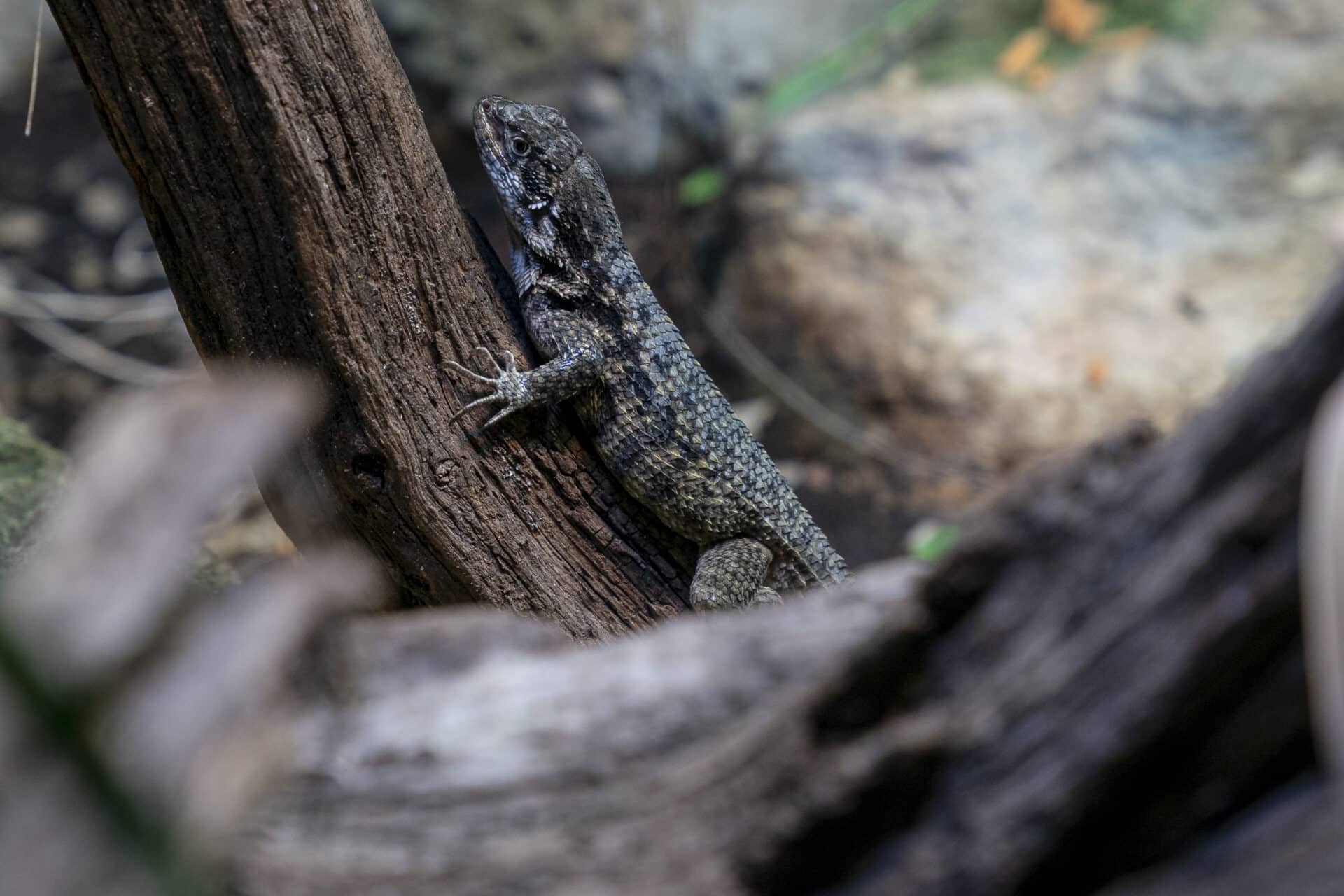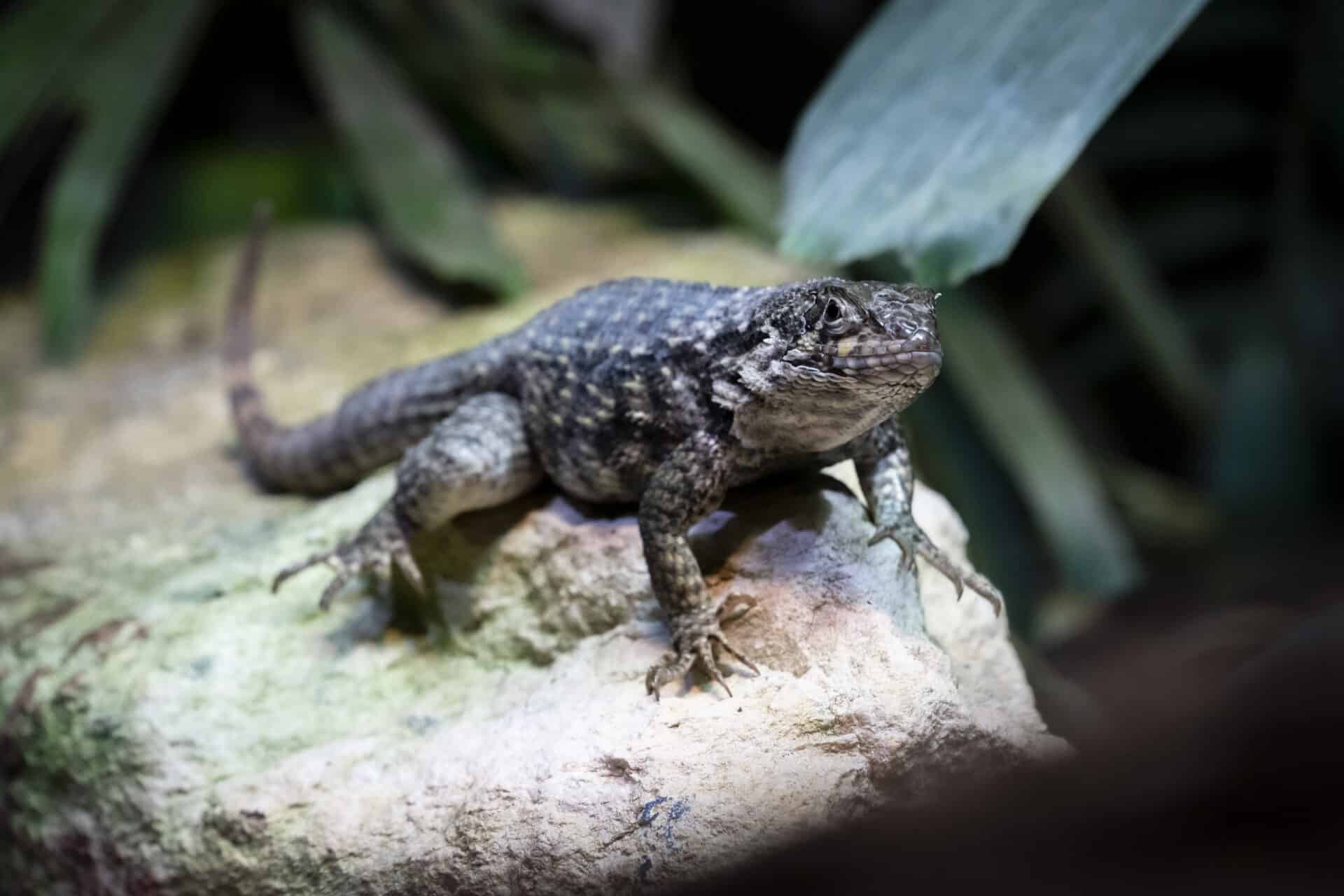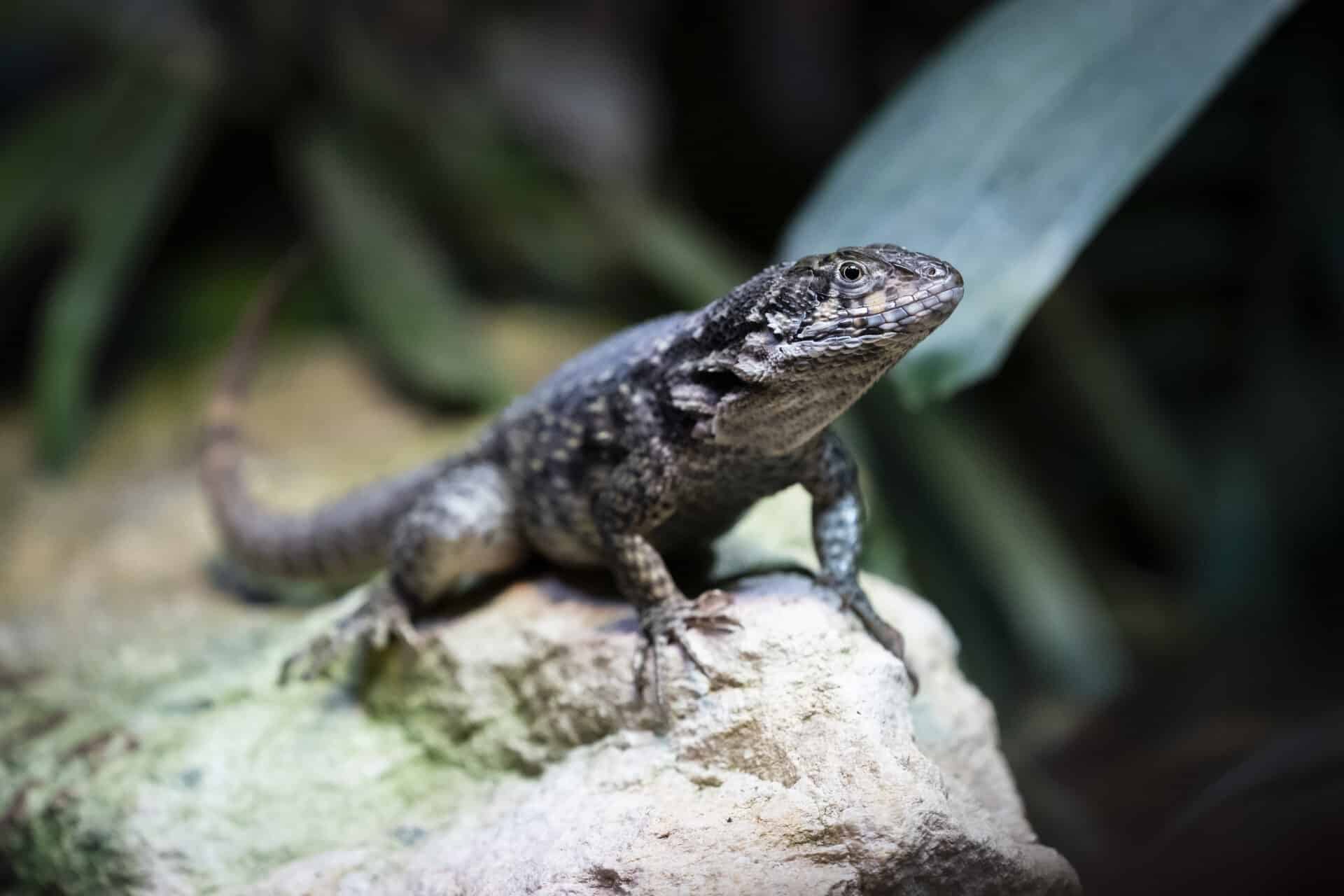Northern curly-tailed lizard
Common Name: Northern curly-tailed lizard
Scientific Name: leiocephalus carinatus
Northern curly-tailed lizards are also known as saw-scaled curly-tails due to the serrated appearance of the scales on their backs, resembling the teeth of a saw.
When faced with a predator at a distance, the northern curly-tailed lizard will curl its tail up to make itself look more intimidating. If this fails, they burrow into the sand or even play dead to avoid predation.
It is thought that having a curled tail may also increase stability and speed when running from predators.
Fast Facts
-
Status
Least concern
-
Size
26cm
-
Weight
28g
-
Gestation
2 - 3 months
-
Young
3 - 4 eggs
-
Life span
up to 10 years
In the wild
Northern curly-tailed lizards are omnivores. Their preference is for insects but will also eat fruits and flowering plants.
In Florida, where they were introduced as a non-native species in order to control insect populations in sugar cane plantations, the now stable population of northern curly-tailed lizards have also developed a taste for the smaller native anole lizards.
Native to the Bahamas, Honduras, Cuba and the Cayman Islands, the northern curly-tailed lizard is found in coastal scrubland and rural environments. They have also been known to inhabit disturbed and polluted environments where humans are more active.
Northern curly-tailed lizards choose areas where there is shelter either amongst rocks or fallen branches. They are also found along coastal beaches where they bury themselves in the sand.
Male northern curly-tailed lizards are territorial. They deter other males by curling and uncurling their tails, whilst using the same technique to attract a mate. Northern curly-tailed lizards can breed up to twice a year. Females bury their eggs in the sand or lay them under the shelter of rocks. When the babies hatch they have bright orange throats for the first few days.
In addition to being caught for the pet trade, northern curly-tailed lizards are preyed on by birds and mammals, including feral cats and mongoose, which have been introduced to some of their habitats.
The species is regulated by the Cayman Island National Conservation Law (2013). Other than that, it is thought unlikely that there is any major threat to population numbers currently as the northern curly-tailed lizard is widespread and appears to adapt to a range of different habitats including areas with high levels of human activity.



